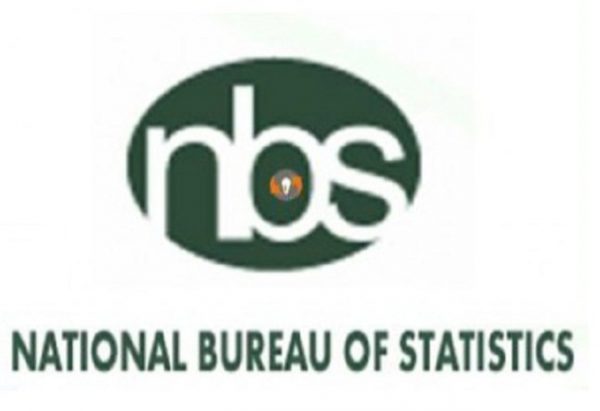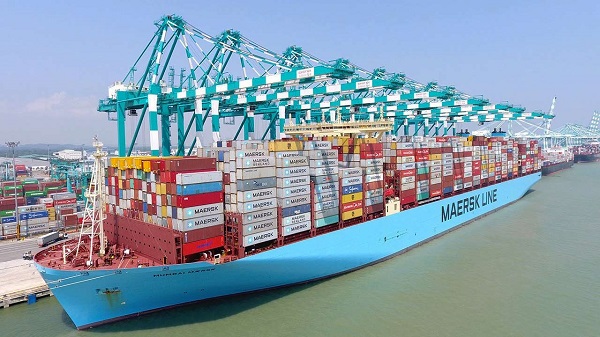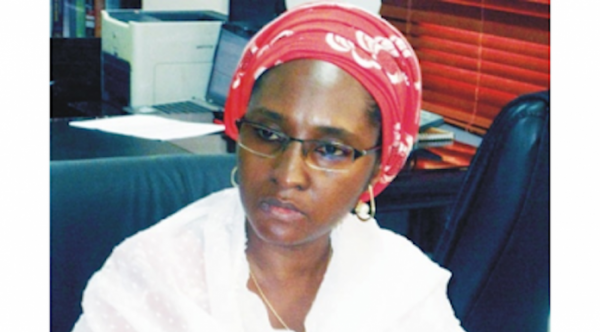Again, Inflation Drops to 11.23%
 For the 17th consecutive month, the inflation rate has continued a downward trajectory, declining from 11.61 per cent in May, to 11.23 per cent (year-on-year) in June 2018.
For the 17th consecutive month, the inflation rate has continued a downward trajectory, declining from 11.61 per cent in May, to 11.23 per cent (year-on-year) in June 2018.
The latest figures released by the National Bureau of Statistics (NBS) indicated that the Consumer Price Index (CPI) which measures inflation stood at 11.23 per cent, a 0.37 percentage point drop over the 11.61 per cent posted in May.
The decline represents the 17th consecutive disinflation since January 2017.
An analysis of the new figures showed that increases were recorded in all Classification of Individual Consumption by Purpose (COICOP) divisions that yield the headline index.
On a month-on-month basis, the headline index increased by 1.24 per cent in June 2018, up by 0.15 percentage points from the rate recorded in May 2018.
The percentage change in the average composite CPI for the 12 months period ending June 2018 over the average of the CPI for the previous 12 months period was 14.37 per cent, 0.42 percentage point drop over the 14.79 per cent recorded in May 2018.
The urban inflation rate eased by 11.68 per cent (year-on-year) in June 2018 from 12.08 per cent recorded in May 2018, while the rural inflation rate also eased 10.83 per cent in June 2018 from 11.20 per cent in May 2018.
On month-on-month basis, the urban index rose by 1.24 per cent in June 2018, up by 0.14 per cent from the 1.10 per cent recorded in May 2018, while the rural index also rose by 1.23 per cent in June 2018, up by 0.15 per cent from the rate recorded in May 2018 (1.08) per cent.
The corresponding 12-month year-on-year average percentage change for the urban index was 14.71 per cent in June 2018.
This was less than the 15.10 per cent reported in May 2018, while the corresponding rural inflation rate in June 2018 was 14.08 per cent compared to 14.53 per cent recorded in May 2018.
The composite food index rose by 12.98 per cent in June 2018 (13.45 per cent) in May 2018). This rise in the food index was caused by increases in the prices of potatoes, yam and other tubers, bread and cereals, fish, oils and fats, milk, cheese and eggs, vegetables, fruits and meat.
On a month-on-month basis, the food sub-index increased by 1.57 per cent in June 2018, up by 0.24 percentage points, from 1.33 per cent recorded in May 2018.
The average annual rate of change of the food sub-index for the 12-month period ending June 2018 was 17.75 per cent, down 0.61 percentage points from the average annual rate of change recorded in May 2018 (18.36) per cent.
In June 2018, all-items inflation on a year-on-year basis was highest in Rivers (13.82 per cent), Kebbi (13.61 per cent) and Adamawa (13.41 per cent), while Kwara (8.16 per cent), Benue (9.28 per cent) and Plateau (9.49 per cent) recorded the slowest rise in headline year-on-year inflation.
On month-on-month basis however, June 2018 all-items inflation was highest in Kogi (2.99 per cent), Oyo (2.50 per cent), and Gombe (2.01 per cent), while Plateau (0.19 per cent), Kaduna (0.22 per cent) and Edo (0.41per cent) recorded slowest rise on a month-on-month all-item basis in June 2018.
In June 2018, food inflation on a year-on-year basis was highest in Bayelsa (15.90 per cent), Rivers (15.54 per cent) and Abuja (15.44 per cent), while Benue (8.92 per cent), Plateau (10.42 per cent) and Borno (10.21 per cent) recorded the slowest rise in food inflation.
On a month-on-month basis however, June 2018 food inflation was highest in Kogi (5.05 per cent), Oyo (3.54 per cent) and Gombe (2.75 per cent), while Edo (0.01 per cent) recorded the slowest rise.
Kwara and Kaduna all recorded food price deflation or negative inflation (general decrease in the general price level of goods and services or a negative inflation rate) in June 2018.
Commenting on the decelerating inflation figures, analysts at Lagos-based CSL Stockbrokers Limited stated that the increase in month-on-month inflation underscored their view that food price pressure still persists owing to the ongoing planting season and continued herdsmen attacks in some northern parts of the country.
“More importantly, we believe this signals that we are gradually approaching an inflection point in which case, we might see a reversal in the southward movement in headline inflation.
“With this in mind, we do not think the pace of disinflation has been satisfactory from the CBN’s perspective. The CBN has over time, implied that it would like to see inflation falling below its upper target band of nine per cent before considering rate cuts,” the firm explained in a report Monday.
On his part, the Chief Executive of the Financial Derivatives Company Limited, Mr. Bismarck Rewane, held the opinion that inflationary pressure would resume by August.
Speaking on a programme on Channels TV Monday, the financial market analyst predicted that inflation would end higher next year.
He said: “The consumers have to prepare themselves, we are going into a planting season, we are going into minimum wage negotiation, we are going into budgetary spending, we have to prepare ourselves for an increase in inflation after 17 months of consecutive decline, inflation is set to start increasing from next month. There is no question about that, that is the likely outcome.
“Month-on-month inflation is more current than year-on-year inflation. The price inflation you got today of 11.23 is actually comparing the prices of that basket of last year June to this year June.
“When you compare the price of that basket between May and June, you see that the actual rate of inflation has increased.
“When you annualise that, it comes to 15.94 per cent which is significantly higher than 11.23 per cent so that is the cause for worry that the inflation expectations and current inflation are pointing towards an increase.
“MPC will be concerned that if they do anything about interest rates now, they might actually just trigger inflation, the IMF warned sternly that any push or attempt to lower interest rates could trigger inflationary pressures and you don’t want that to happen eight months to an election.”







